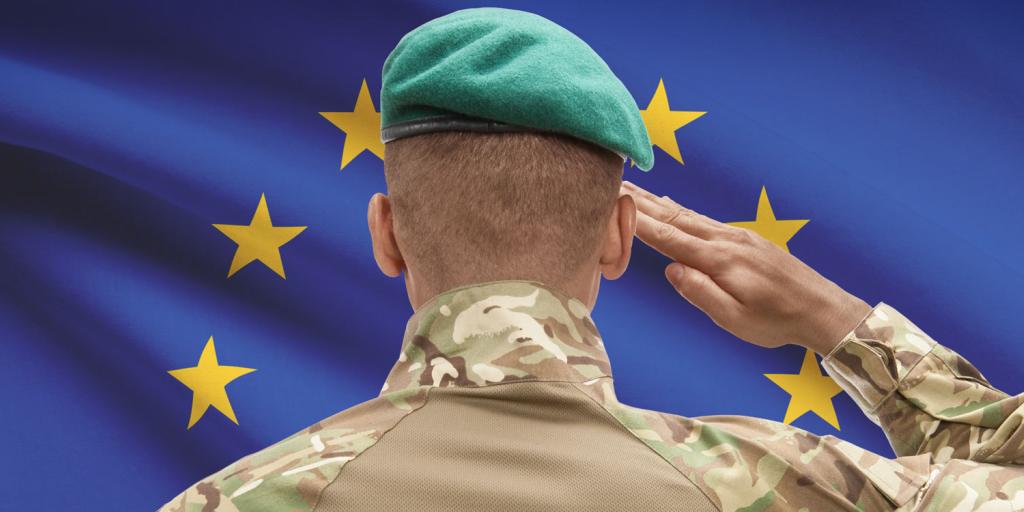
EU Military Force Moves Ahead
Foreign and defense ministers in the European Union recently released a draft plan that details the development of a joint military force capable of rapid deployment (Reuters, November 16, 2022). The draft documents call for a force of up to 5,000 troops to be ready by 2025, composed of land, sea, and air components. Italy and France support the plan, and thanks to a push from the Ukraine situation, France is reorienting its military efforts to focus on Europe, according to Carnegie Europe (November 15, 2022). The most recent draft online (as of November 20, 2022) states, “We need more rapidity, robustness and flexibility to undertake the full range of military crisis management tasks. We need to be able to respond to imminent threats or quickly react to a crisis situation outside the Union at all stages of the conflict cycle.”
There are currently 60 joint military projects in the EU related to weapons and other capabilities, and the working group approved 14 additional projects. Although the joint force has been more than twenty years in the making, “the draft strategy by the bloc's foreign policy chief Josep Borrell is the most concrete effort to create a standalone military force that does not rely on U.S. assets.”
The nations of the EU have long had grand ideas for unified efforts in everything from finance to the military. However, these ideas seldom come to fruition due to the “iron and clay” nature of the nations involved (see Daniel 2:33–35; 41–44). Now, with a major war taking place in their own backyard, the nations of Europe are being forced to work together more closely. Bible prophecy foretells a group of European nations, led by Germany, will muster a powerful military force in the near future. To learn more about what is coming in Europe, be sure to read “European Union: Changes Ahead.”



